On January 6, 1970, an article entitled “Survey Probes Stude Views Towards ‘Bakla’ on Campus” was published in The GUIDON. It featured a survey carried out in the university, as an effort to find out Ateneans’ perceptions of their bakla schoolmates. The original survey form used is shown below, to the left:
Original 1970s survey
The bakla is described as follows:
1. He is an effeminate person,
2. one who usually approaches the female appearance in his way of talking, in gait, attitude, and attire.
3. one who usually finds pleasure in the adornment (making attractive and beautifying) of persons.
4. and one who usually does not participate in manly sports.
1. Do you agree with this bakla?
If YES, do you have any things to add or delete?
If NO, what is your idea of the bakla?
2. How many in the Ateneo college campus do you think would fit this category?
3. What is your reaction to this type of person?
4. Do you think this is a problem in the campus?
If YES, what do you propose or suggest as solution?
5. Do you have any further comments?
What do you think of the old survey’s definition of the bakla?
“I have come to accept [the bakla] since entering Ateneo. My views have changed towards them: they can excel, they are part of the society, and they can be of help to others.”
– Regienald Rivero, III AB MEco
“Some people don’t necessarily show their pagkabakla by how they dress up. Sometimes it’s just really a personal choice.”
– Christine de los Reyes, IV BS Mgt
“Later on in life, you’ll really see some gay men who really don’t fit [the survey’s] description of gay people.”
– Vincent Pante, V M AMF
“I think this is a very limiting and stereotypical bakla.”
– Tala Wong, II MA Hi
“You can see the influences of a patriarchal society.”
– Ram Cusipag, III AB Comm
What do you think of the old survey’s results? (See ‘Queer Struggles’ for the results)
“It’s interesting how back then the main descriptor for [the bakla] is more apt as an answer to “what is not manly?” [I] predict that the results would be a bit more different now, especially since the concept of “metrosexuality” has become more pervasive, with Hollywood exhibiting more of the gender-benders and KPop icons showcasing their androgynous talents.”
– Jayson Ebreo, AB Comm ‘07
“It’s shocking that people think that [bakla individuals] are problems. It’s not like they chose to be homosexuals.”
– Michelle To, I AB Chns
“I don’t think it’s accurate. Today, I think homosexuals are more accepted as compared to before.”
– Emmanuel Neil Jonathan M. Plan VII, III AB Eco
“My definition of the bakla is [that he is] homosexual—one who is attracted to the similar sex.”
– Rey Natividad, III BFA TA
“People change how they view the gays today because of media and how it presents a new image of them.”
– Nette Ferrero, II BS Psy

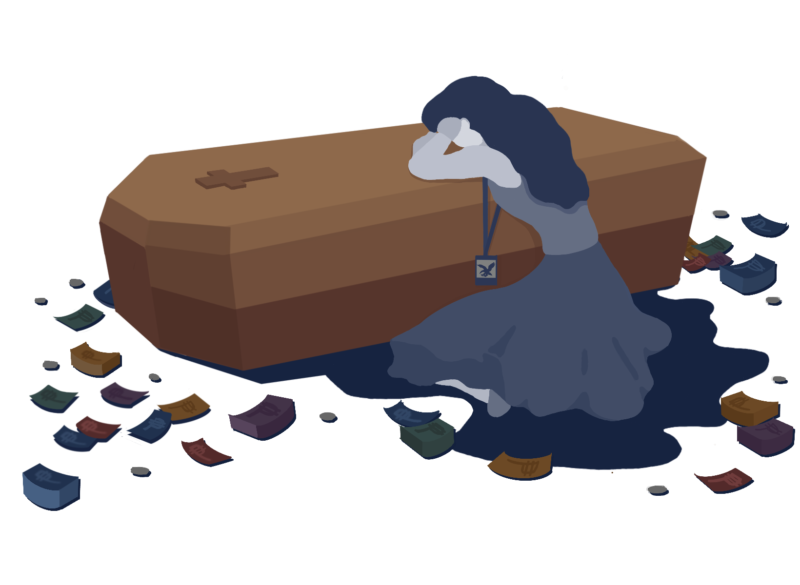

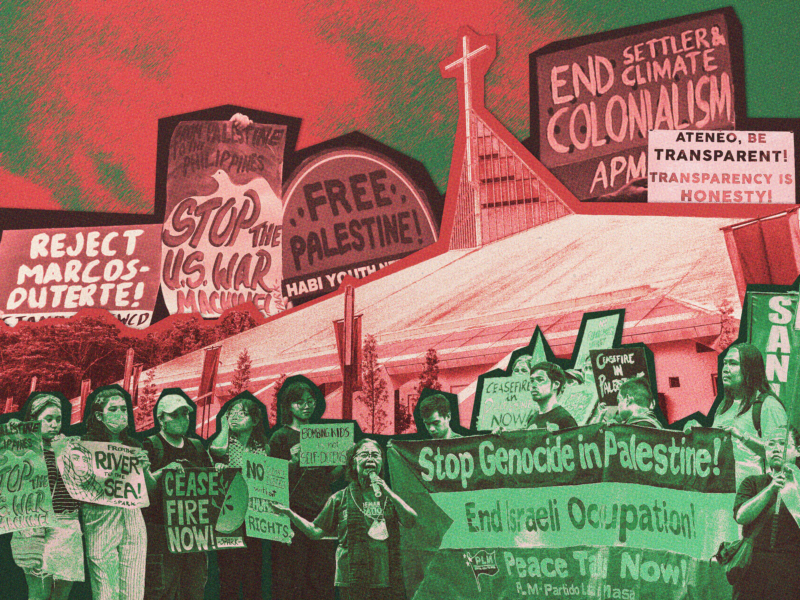
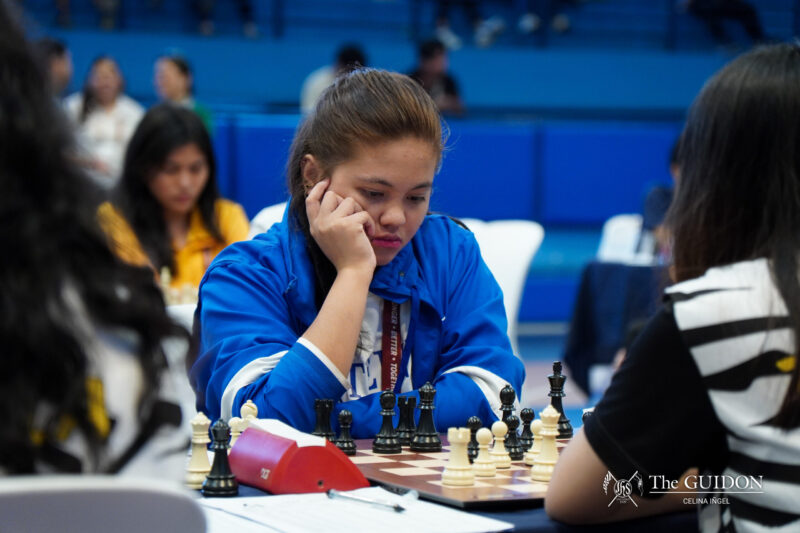
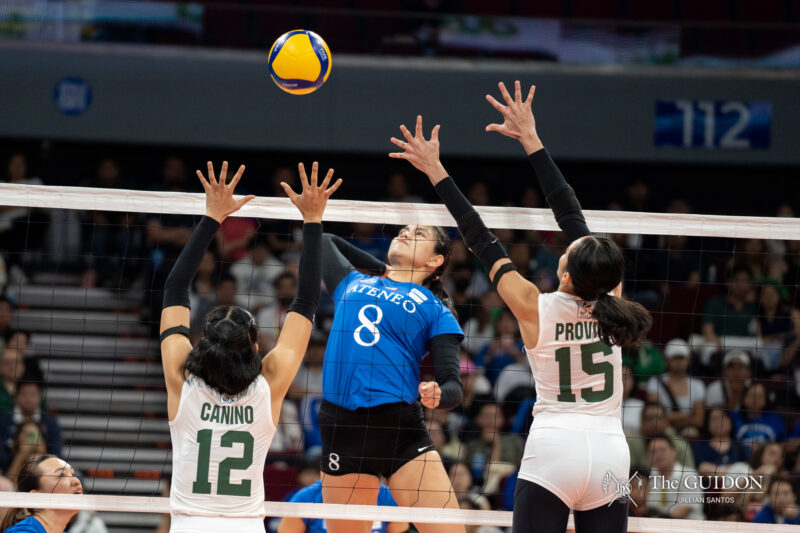
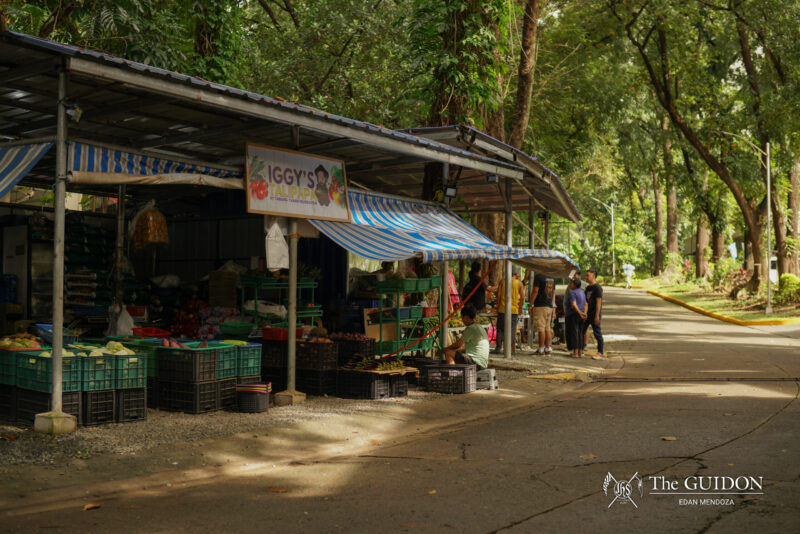
[…] The article featured the paper’s own study about the community’s opinions about the bakla. The bakla, as defined by the article, is an effeminate male individual who appropriates the female appearance, speech, attitude and attire. The bakla also finds pleasure in the beautification of others, and does not participate in ‘manly sports.’ The creators of the survey did not define the bakla as homosexual. (See sidebar on page 3.) […]
[…] The article featured the paper’s own study about the community’s opinions about the bakla. The bakla, as defined by the article, is an effeminate male individual who appropriates the female appearance, speech, attitude and attire. The bakla also finds pleasure in the beautification of others, and does not participate in ‘manly sports.’ The creators of the survey did not define the bakla as homosexual. (See sidebar on page 3.) […]